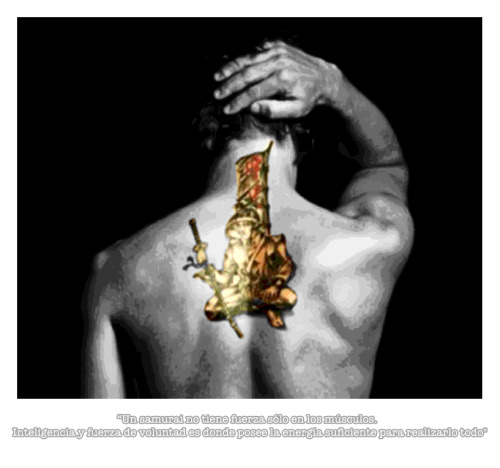
I think aero kit should be abolished because of destroying Honda's performance and more flying car incidents in Indianapolis 500.
IndyCar Series cars should revert to Dallara DW12 original chassis in 2012-2014 for 2016-2017 seasons.
IndyCar champion Scott Dixon offers criticism of aero kits - and he has a point
January 4, 2016 9:01 AM MST
http://cdn2-b.examiner.com/sites/defaul ... k=fGrWlHqq
Verizon IndyCar Series champion Scott Dixon at the 2015 Indianapolis 500.
Chris Jones/Courtesy of IndyCar
Verizon IndyCar Series champion Scott Dixon has provided some criticism of the aero kits that shook up the league in 2015, once again prompting the same discussion fans have had since March about whether or not the kits were good for the sport. Dixon thinks they weren't necessarily, and the four-time titleholder raised some valid points.
Speaking to Autosport, Dixon said, "My opinion is the aero kits were very unneeded. In some areas I think it made the racing slightly worse. Behind cars, the dirty air was much worse. It was hard to get close on road courses."
"We have a fantastic sport right now and before the aero kit we had fantastic racing," he continued. "We still have fantastic racing, but it was a little bit better a couple of years back. However long this evolution goes on with the aero kits, I think the money could be spent in better areas."
Dixon also discussed the hot topic of Honda being permitted to make changes so that their aero kit, which underperformed in the first half of the season, will be more competitive with rival manufacturer Chevrolet. The decision raised some eyebrows, especially since Honda was also in a contract year with IndyCar.
"It's hard to know but I think IndyCar did as much as it could to fully understand the aero kits so that it wasn't too one-sided," Dixon said. "But they have to be very careful. If it's a whitewash by Honda [in 2016], there will be some big problems down the road. All they can do is cover their bases, but from my point of view it looked like a bargaining tool for sure."
The comments are definitely food for thought, especially considering the source. Dixon is the league's most consistent driver and he's also not a man to come out and make unnecessarily critical statements. Rarely do you hear him raise an objection. For him to say that he feels there's room for improvement, that should mean something to fans and to the league.
No race fan will deny that there weren't problems with the aero kits during the 2015 season. Whether it was the unbelievable number of expensive front wings that went flying during the season opener at St. Petersburg, or the huge concern over cars going airborne that prompted a separate safety meeting at Indianapolis, there were definitely moments where the new technology made the racing more difficult. Even conceding that any major changes would require a certain amount of growing pains, the aero kits had issues.
Overall the quality of racing was, as Dixon noted, fantastic. He's not saying that the aero kits spoiled the entire season, simply that they hurt it in certain areas, and he's right about that. As we move into the second year with them, hopefully more time and experience on the parts of both the manufacturers and the race teams will eliminate some of those problems.
Honda needed to improve its aero kit to cut down the massive edge of the Chevrolets; IndyCar had to restore the competitive balance. But did the company have some leverage in that department because it was also negotiating a new manufacturing deal? The only people who will know that answer are the ones who were sitting at the bargaining table. Yet that's not out of the realm of possibility.
With only two companies in the league, IndyCar needed Honda, which powers Andretti Autosport, Rahal Letterman Lanigan Racing, and Schmidt Peterson Motorsports among others. None of the four major motorsports - IndyCar, NASCAR, Formula One and Red Bull Global Rallycross - run with only one manufacturer. Honda either had a big bargaining chip or very good timing, and Dixon is correct when he says that the extra development time could either close the existing impasse or have the opposite effect and cause a problem going the other direction.
Scott Dixon is a very smart man and a very talented driver. His assessment of the technological lay of the land is a fair one. IndyCar has concerns to work out with its aero kits, and it's already well on the road to addressing them so that an even better season unfolds in 2016. But perhaps the best thing in Dixon's comments is the reminder that it's not equipment which is at the heart of this undervalued racing league.
"You have to look at the teams for diversity, the great talent throughout with the different drivers, the different nationalities. That is where IndyCar really rates," he said. "The biggest thing is having close racing and fantastic racing, so we have that covered."
If there is indeed money to be spent, perhaps not all of it should be funneled into technological development. A great car will only ever be as successful as the person driving it. Perhaps we should be spending money on promoting the league's incredible depth of talent and raising the profiles of its many talented, charismatic and engaging drivers. Drivers like Scott Dixon, who is a champion for IndyCar both on and off the track.
For more on the Verizon IndyCar Series, visit the league's website.
Source: http://www.examiner.com/article/indycar ... as-a-point
do you agree with Scott Dixon?



